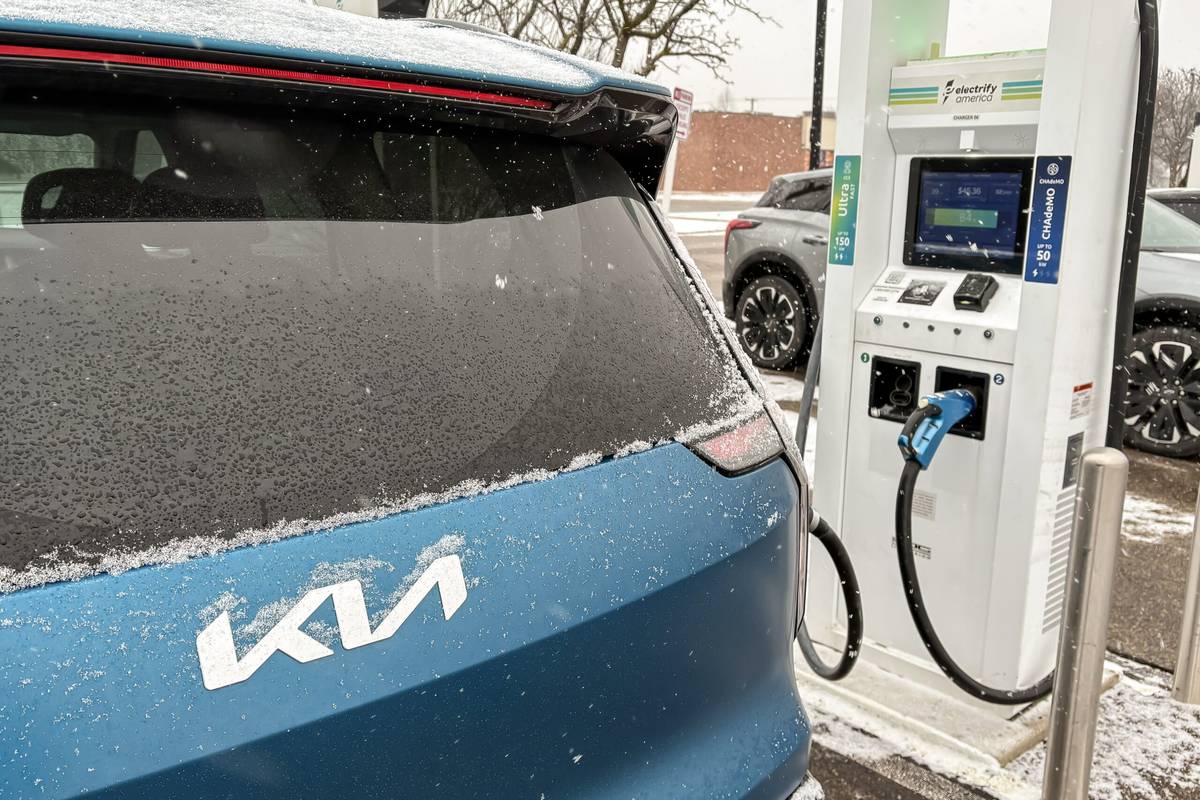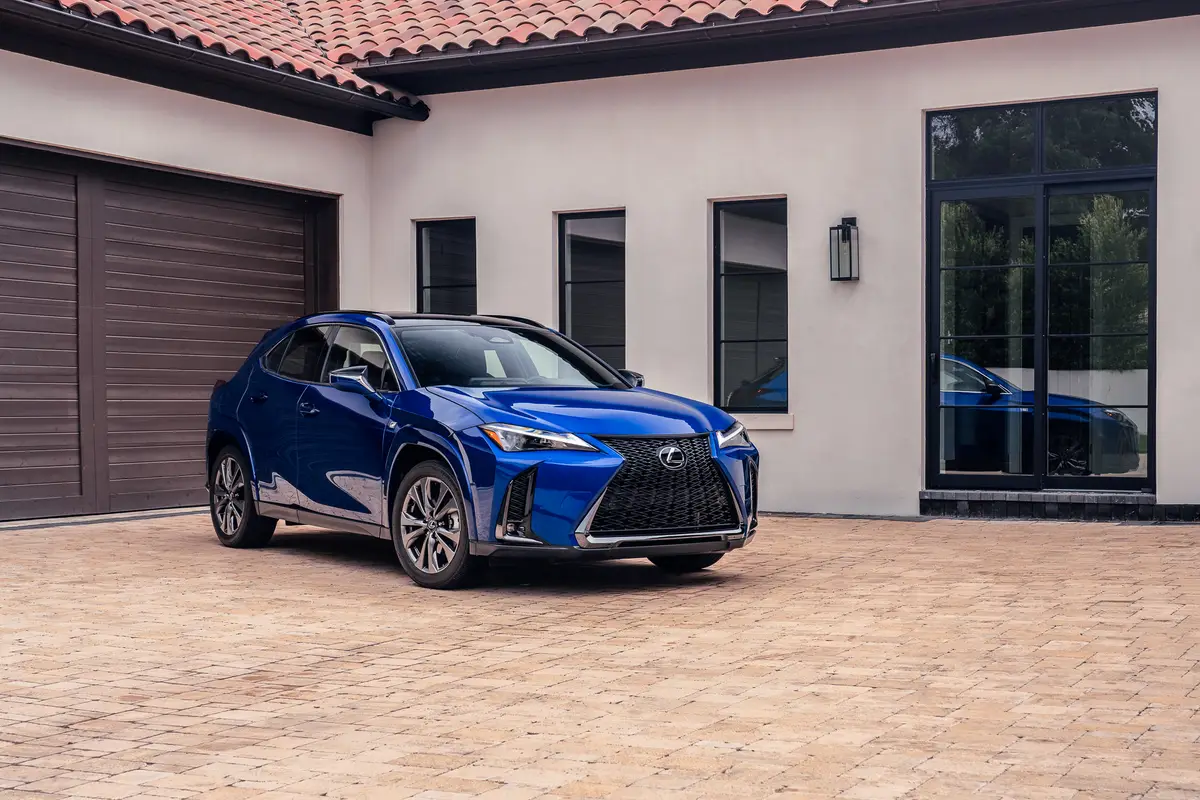washingtonpost.com's view
DETROIT
IT WAS a close call. The rival car came from the right, a motorized bullet speeding from a highway entrance ramp. I moved toward the center lane, but couldn’t get in — too crowded. That left me and the 1997 Cadillac Catera straddling the line between right and center on a slippery section of the Lodge freeway here. It was not a good feeling.
But the circumstances changed quickly. A thoughtful driver in the center lane moved to a vacant spot in the left, freeing up space for me. It was a rare bit of courtesy in Detroit, a tough town known for extending a middle finger more often than it does a helping hand.
Maybe things are changing. Friends here say the spirit of Detroit no longer is symbolized by the huge bronze fist, a tribute to the late boxer Joe Louis, suspended in the middle of downtown Jefferson Avenue. The “new Detroit” is more refined, less combative; more confident, less insular. Detroit is less willing to repeat mistakes, friends say; and I think they have a point.
The new Detroit, in conjunction with Germany, is giving us the impressive, thoughtfully executed Cadillac Catera. The old Detroit gave us the cynical, insulting Cadillac Cimarron.
Background: Both the Catera and Cimarron were conceived as entry-level Cadillacs — with a difference.
The Cimarron, introduced as a 1982 model, was a fake luxmobile outfitted with cheap makeup and costume jewelry (the Cadillac badge) in a desperate attempt to hide its true identity as an overpriced, maxi-hyped Chevrolet Cavalier.
The Cimarron was designed more for Cadillac dealers and the federal government than it was for consumers: The dealers wanted a small Cadillac to attract fuel-conscious buyers. The government wanted a small Cadillac that would use less fuel (it requires manufacturers to meet a new-car fleet average of at least 28.5 miles per gallon). Consumers wanted a Cadillac, which is what Cadillac didn’t give them with the Cimarron.
But buyers will get a Cadillac and lots more with the Catera, Cadillac’s latest attempt at entry-level luxury.
The Catera is a hybrid engineered and built by General Motors Corp.’s German subsidiary, Adam Opel AG, with the assistance of GM’s U.S. Cadillac operations. The car is based on Opel’s best-selling, rear-wheel-drive Omega MV6.
The Omega MV6 was designed to run at sustained speeds of up to 140 mph on Germany’s notoriously fast and exceptionally well-maintained autobahn. The Catera version of that car has been softened — “refined,” Cadillac officials say — to run at speeds of up to 125 mph, an illegal romp on America’s often cracked, rippled, potholed pock-marked interstate highways.
Reaching an acceptable compromise for the U.S. market required retuning the Omega MV6’s suspension — using a sophisticated system of hydraulic bushings and MacPherson struts up front in tandem with a multi-link, coil-spring, gas-shock suspension in the rear. Those changes, along with the use of 16-inch diameter Goodyear Eagle RS-A all-season tires, give the Catera a smoother ride than the Omega MV6.
The Catera also has a softer, friendlier interior than the Omega MV6. That’s because Americans demand comfort and convenience in any mid-size car priced from $25,000 to $40,000, which is the entry-level luxury price range. So the Catera has power everything — power windows and door locks, and an eight-way power driver’s seat. And it has lots of headroom and legroom for five people and enough cargo space, 16.6 cubic feet, for their luggage.
Standard equipment includes dual front air bags (with side air bags available in the spring of 1997); an electronically controlled four-speed automatic transmission with an electronically adjustable suspension system: Normal (regular ride), Sport (slightly harder ride and cornering) or Winter (helps improve handling on icy roads); four-wheel-disc brakes with anti-lock backup; and engine-linked traction control (engine speed is reduced automatically when the wheels start slipping).
The Catera is equipped with a 3-liter, double-overhead cam, 24-valve V-6 rated 200 horsepower at 6,000 rpm with torque set at 192 pound-feet at 3,600 rpm.
Complaints: Some compromises don’t work. Americans like cup holders. Germans don’t. To placate Americans, GM installed two flimsy, pop-up cup holders above the hand brake, an inauspicious placement, to say the least. Better built, more conveniently placed cup holders are needed.
Also I’m not too happy about this idea of loading up steering-wheel-mounted stalks with controls for windshield wipers and the automatic cruise control system. It causes some confusion, especially inasmuch as the left-hand stalk doubles as a cruise control and turn-signal switch.
Praise: An excellent car, competitive with any vehicle in the entry-luxury category. Tight, well-crafted. Loaded with amenities, including an air-conditioned glove box in which people can store heat-sensitive perishables.
Head-turning quotient: Understated elegance. Rich versus nouveau riche.
Ride, acceleration and handling: Triple aces. Wonderfully precise handling in collision-avoidance maneuvers. I was impressed. Excellent braking.
Mileage: About 23.5 miles per gallon (18-gallon tank, estimated 411-mile range on usable volume of recommended premium unleaded), combined city-highway, running with two occupants and no cargo.
Sound system: Optional eight-speaker, AM/FM stereo radio and cassette with a trunk-mounted, 12-disc CD changer. Bose system. Excellent.
Price: The 1997 Catera goes on sale in the fall of 1996. Prices aren’t firm at this writing, but it likely will enter the market at about $35,000.
Purse-strings note: Competitors and consumers are well-advised to pay attention to the Catera. It can run with anything in the $30,000-plus crowd, including the BMW 328i, Lexus ES 300, Audi A4 and Mercedes-Benz C-class cars.
Latest news



